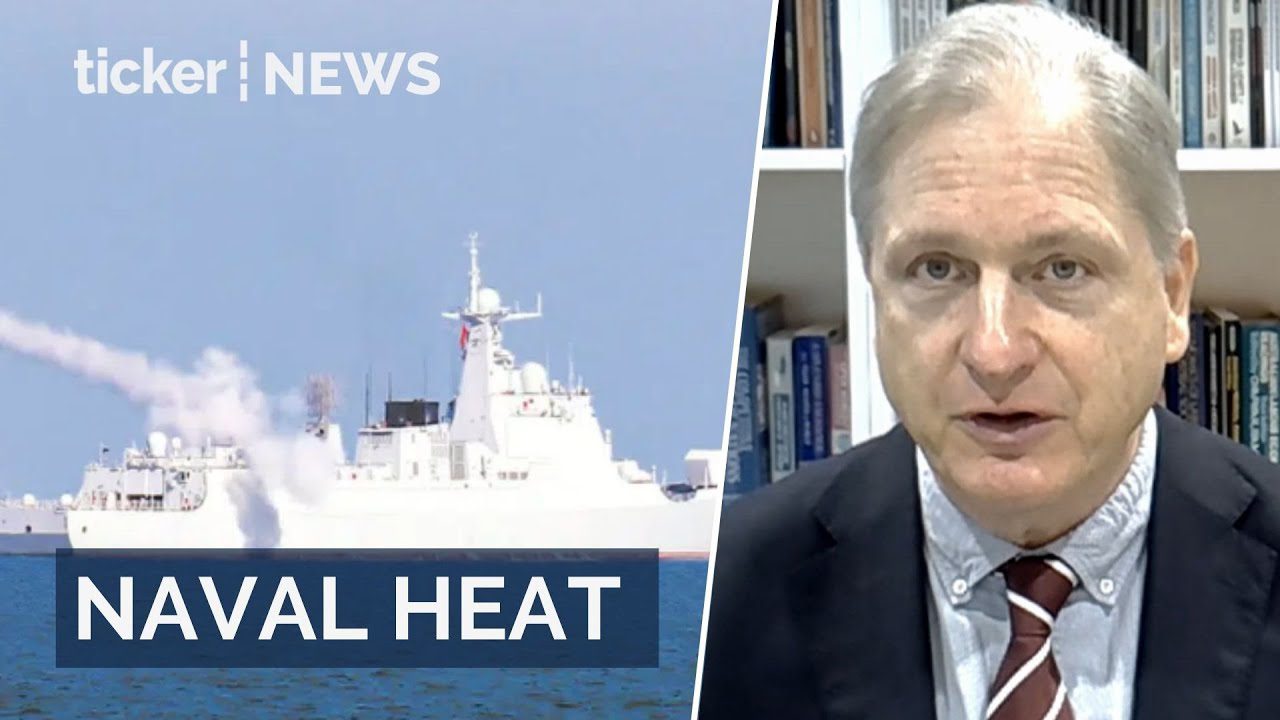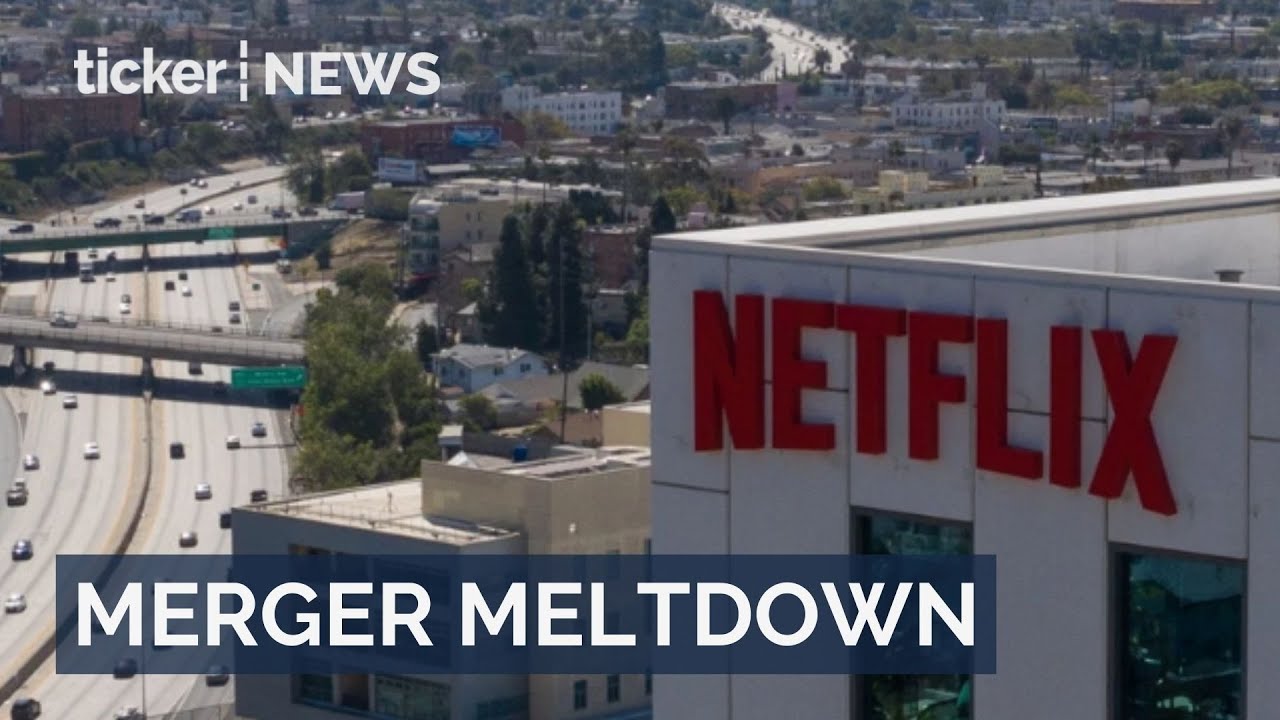News
Canada closes airspace near U.S. border
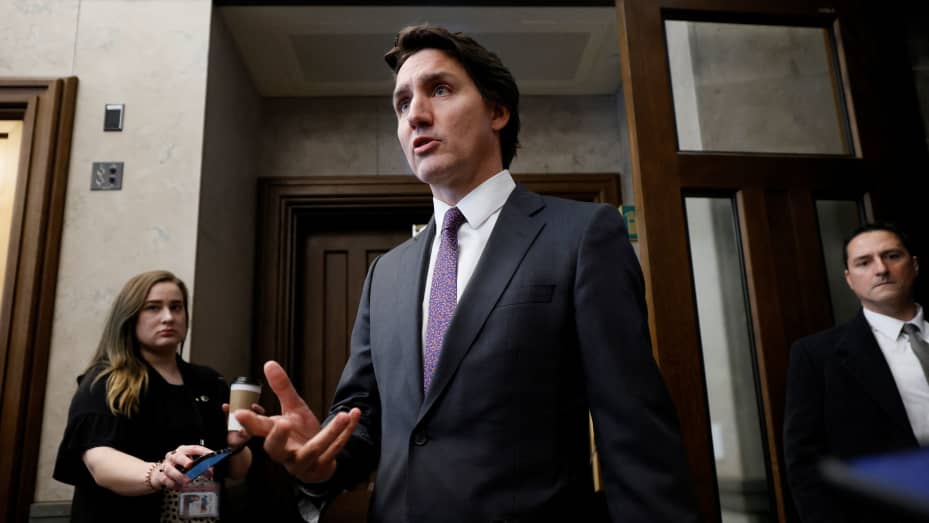
News
Lando Norris claims first F1 World Championship after dramatic Abu Dhabi showdown
News
China naval activity raises tensions from Philippines to Galápagos
Rising tensions in the South China Sea prompt expert insights on regional security and global trade implications.
News
Netflix’s $72B Warner Bros. deal faces backlash
Netflix’s $72 billion Warner Bros. acquisition faces backlash from lawmakers and industry groups over competition and consumer choice concerns.
-



 News4 days ago
News4 days agoAustralia’s fastest-growing property markets revealed
-

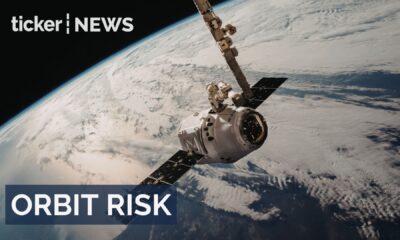

 Ticker Views4 days ago
Ticker Views4 days agoSpace debris could sabotage Google’s next big AI breakthrough
-



 News3 days ago
News3 days agoEU launches antitrust probe into Meta over WhatsApp AI policy
-

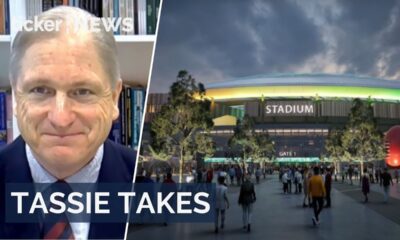

 News3 days ago
News3 days agoTasmania AFL team confirmed: Macquarie Point stadium legislation passes
-

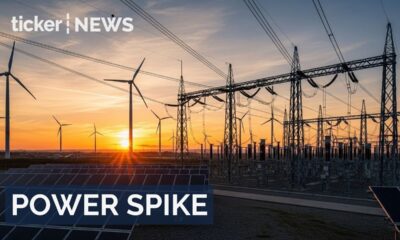

 News4 days ago
News4 days agoAustralia warned of major electricity price surge without faster renewable rollout
-



 Shows3 days ago
Shows3 days agoAccessibility gaps in cybersecurity
-



 News4 days ago
News4 days agoImmigration crackdown escalates tensions In New Orleans
-



 Leaders3 days ago
Leaders3 days agoExperts question social media ban’s effectiveness for youth





